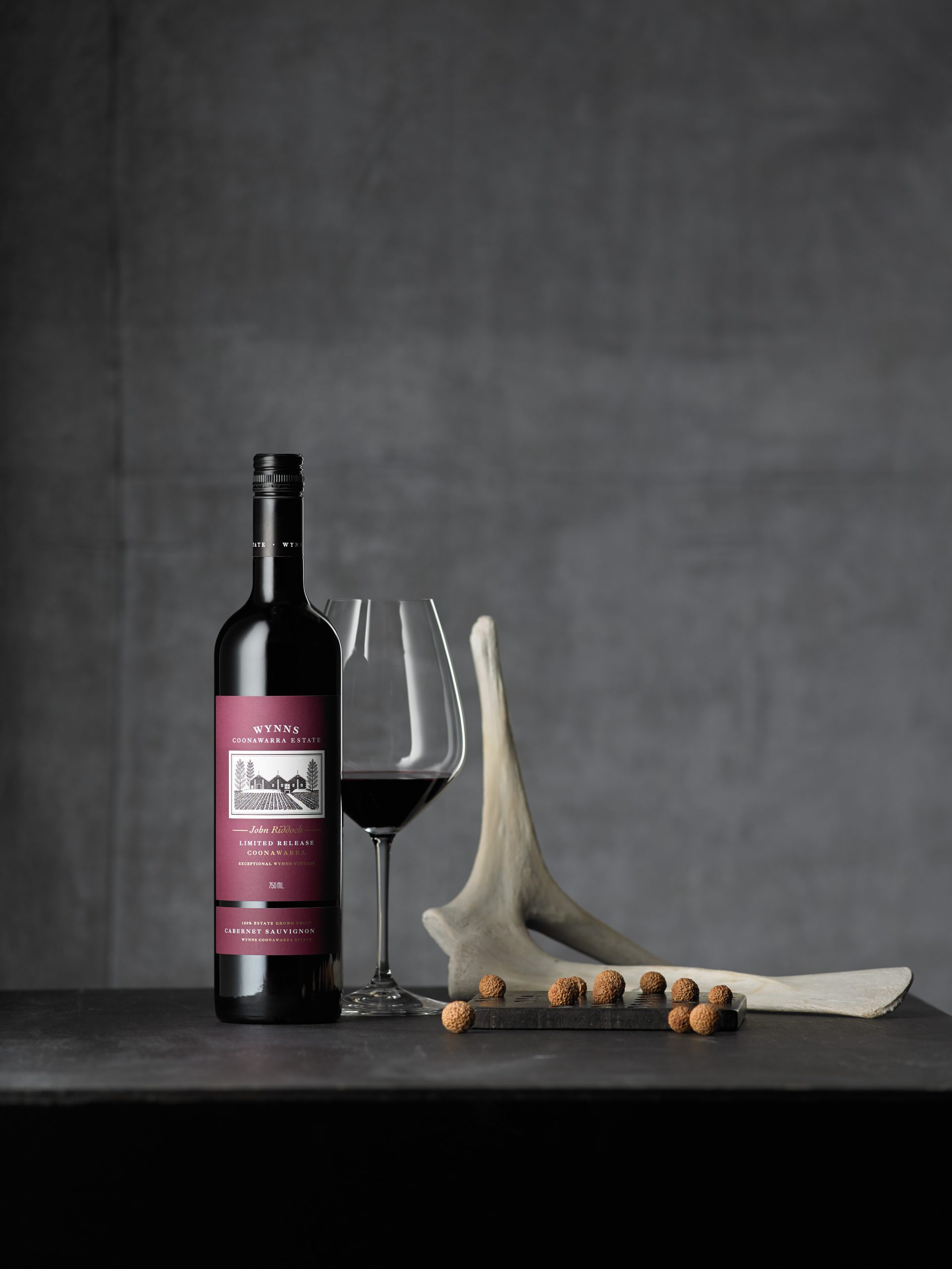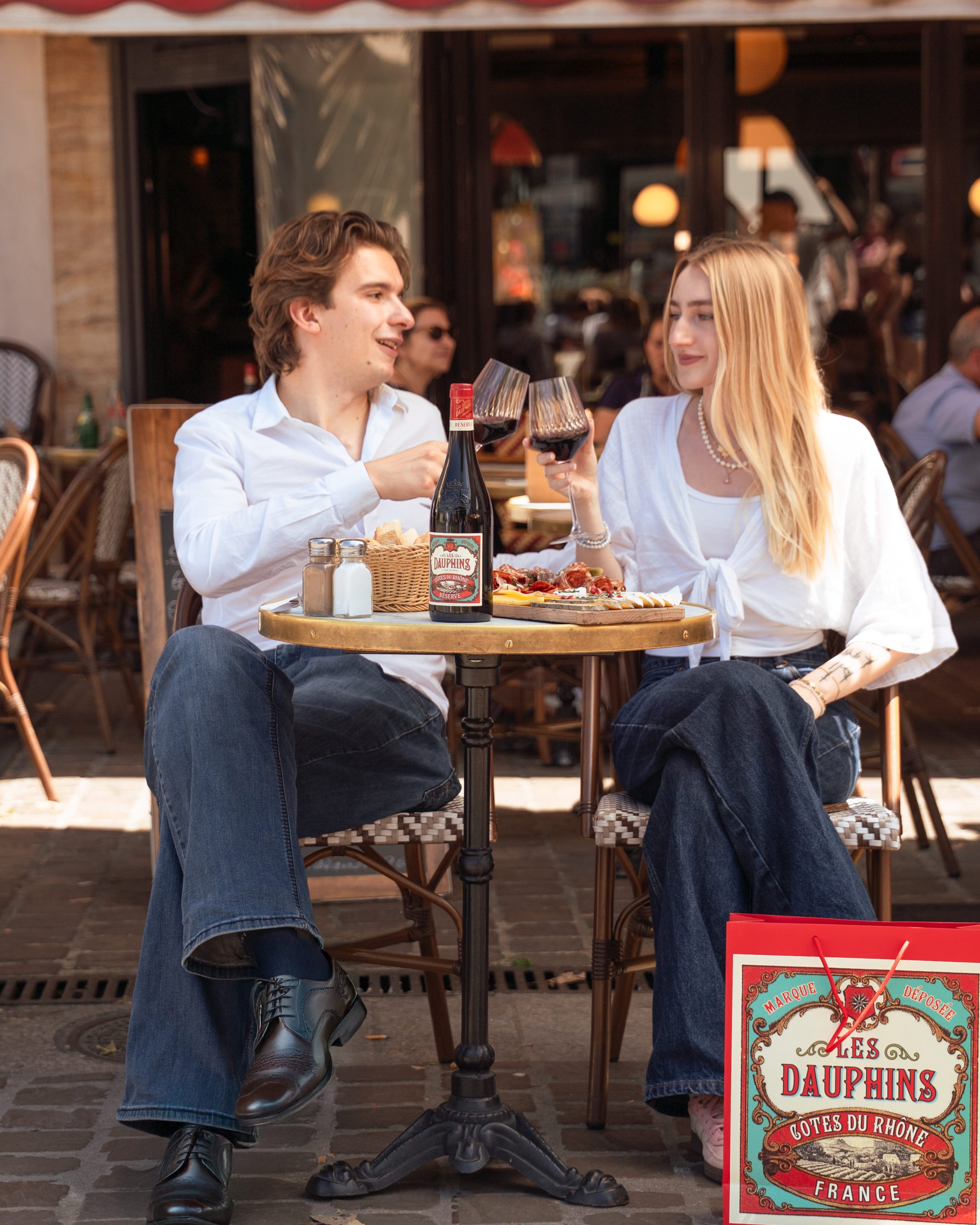Northern Champagne fizzing despite the frost
As he journeys across northern Champagne during the harvest, db correspondent Giles Fallowfield provides an update on conditions and yields this year.
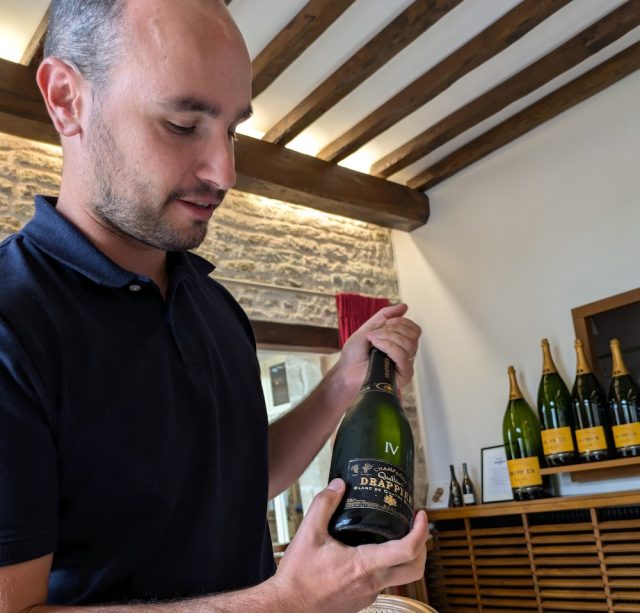
As we drove yesterday morning (Wednesday 25th September) through the northern Champagne vineyards of Verzenay, Mailly and beyond, it rained persistently. Apart from two isolated groups in each of these grands crus, pickers were nowhere to be seen as the harvest of mostly black grapes here had all been picked by this Monday (23 September).
Picking, particularly of Chardonnay, is continuing over the rest of this week in some parts of the appellation, notably in Vitryat, the most easterly part of the vineyard and Sezanne where higher yields have made it more difficult to ripen the fruit in the cooling September weather.
This illustrates further the topsy-turvey nature of this harvest as Sezanne would normally be expected to be among the earliest declarations.
It is still relatively humid and with daytime temperatures around 15C the lurking botrytis threat is becoming ever more real for those who have not completed their harvest.
However, with around 10 days of sunshine and cool nights up until this past weekend, the quality of what has been bought in and pressed, is certainly not low. This morning, I tasted some grape must (prior to the first alcoholic fermentation) with GH Mumm winemaker Yann Munier that came from three different plots that were picked on Monday in the crus of Avenay, Aÿ and Chouilly.
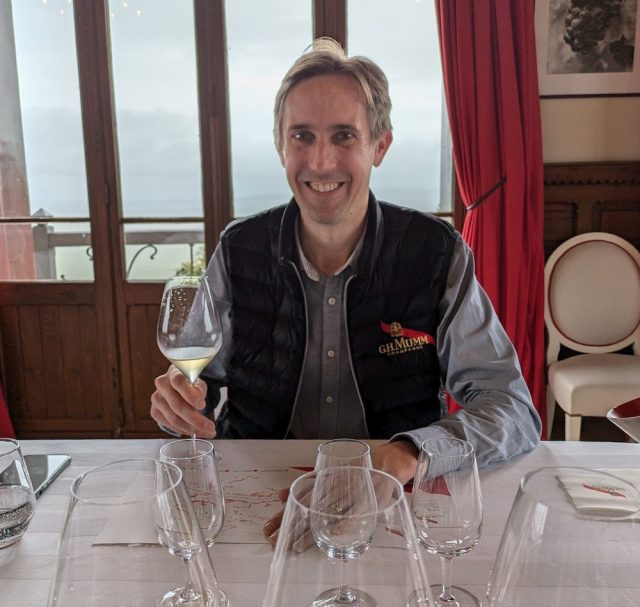
The first two were Pinot Noir of very similar degree and acidity with Avenay at 10.2deg potential alcohol and 7.4 acidity, while Aÿ was at 10.6deg and 7.3gms/l acidity. Cloudy, with deliciously sweet fruit, this looks like very good raw material, as Munier observes.
The pronounced pink Aÿ example, also showed enough grapefruit like acidity to finish noticeably fresh. The Chouilly Chardonnay must, picked at 10deg potential alcohol and with acidity at 6.4gms/l, is more on the floral than citrus side.
As Munier notes, they are displaying acidity levels not really seen in Champagne for a decade or so and as blending material to put with the recent past super ripe harvests, add significantly to the options that winemakers in the region have at their disposal.
Partner Content
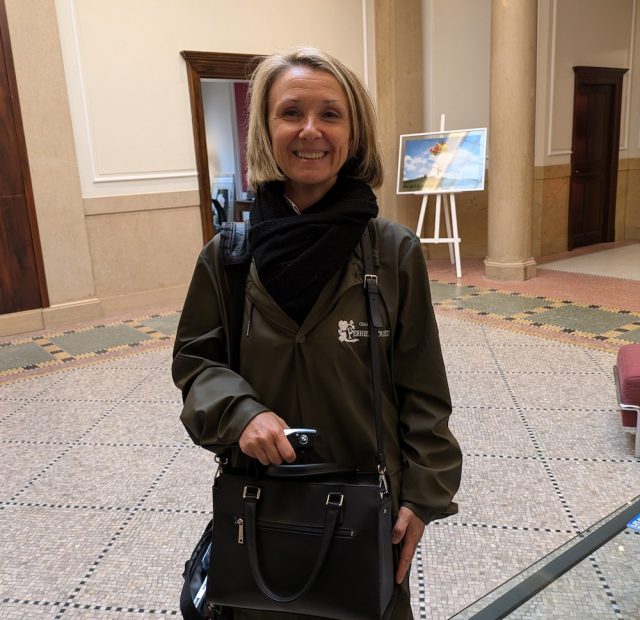
I also met up briefly with Severine Frerson chef de cave at Perrier-Jouët, who was very happy with the quality of the grapes bought in from their estate over the past 10 days of picking.
She said: “We have Pinot Noir and Meunier at 10.5deg potential alcohol with a pH of 3.0 and acidity at around 7gms/l.”
Chardonnay from the Côte des Blancs was similarly good and she was off to look at how that variety has been faring in the Vitryat and the Sezannais regions, where picking has only just started in this area, the third week of the 2024 harvest. Drappier, based in the Côte des Bar village of Urville, completed their last pressing on Saturday (21 September) said Hugo Drappier.
“We had a small quantity but with very good acidity to bring freshness to the ripe reserve wines of 2022 and 2023. Chardonnay was very late this year like it was in 2021, with the growing season extending back to 90 days or more.,” he added.
What made life very difficult for them, in addition to the three nights of frost in April (21-23) that wiped out about 60-70% of their entire crop, was the very high rainfall.
“While Reims might expect around 650mm a year and here [in Urville] we generally have rather more at round 750mm, this year we’ve had nearly double that at 1450mm and further south in Les Riceys they’ve had even more, about 1600mm,” he continued. “It’s my father’s [Michel] 50th harvest and probably his smallest. The vines were extra sensitive to mildew, after being weakened by the frost. But the weather has been good since the start of August and we’ve had no issues with botrytis.”
Thanks to having the maximum 10,000kgs in reserve and that being all high-quality material they won’t have problems bending good wine this year, however, they certainly hope to have more volume available in 2025.
Related news
For the eleventh day of Christmas...
Non-vintage is ‘putting together a puzzle’ says Champagne Lallier

